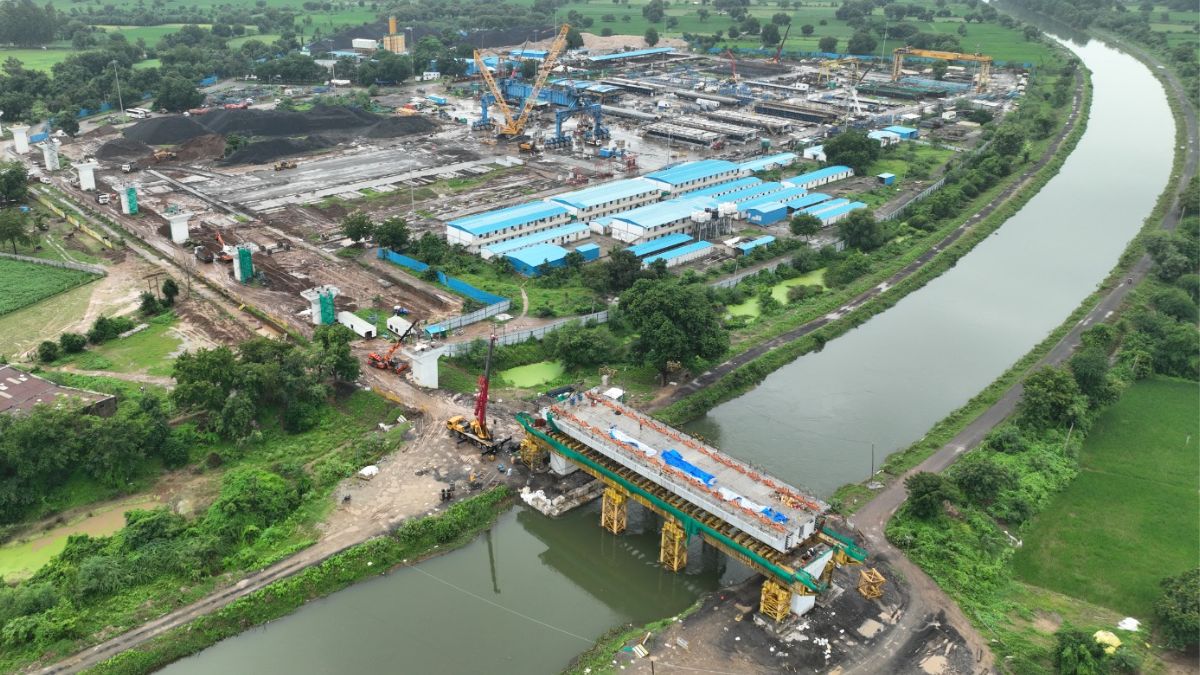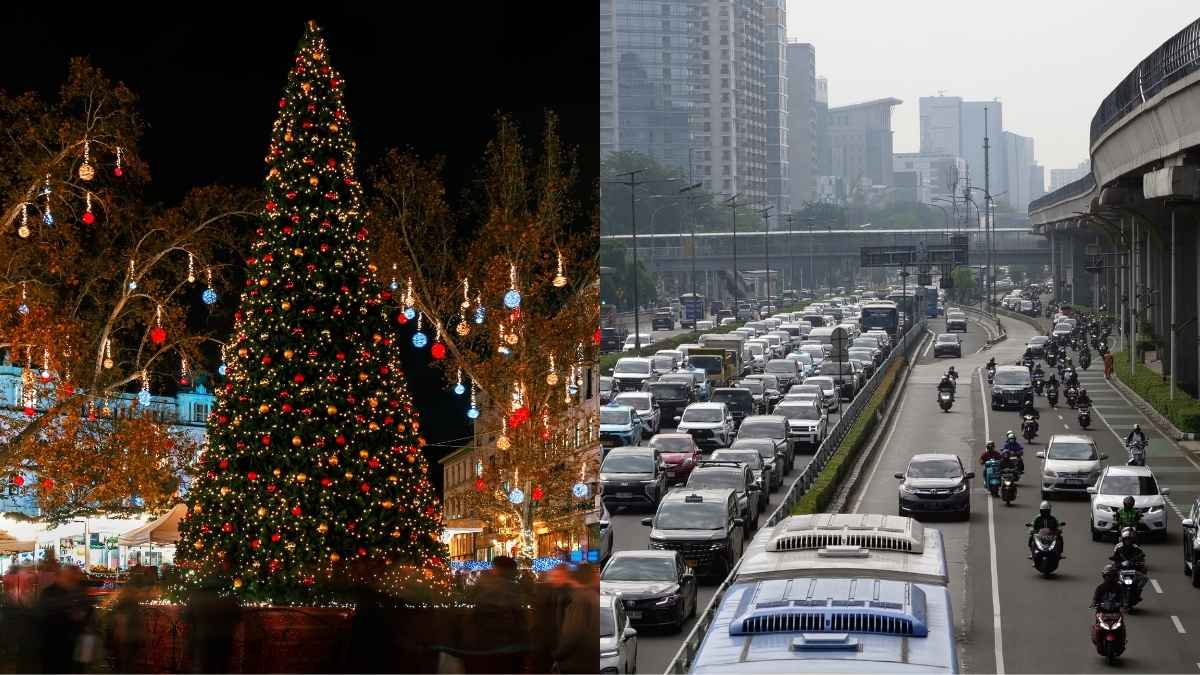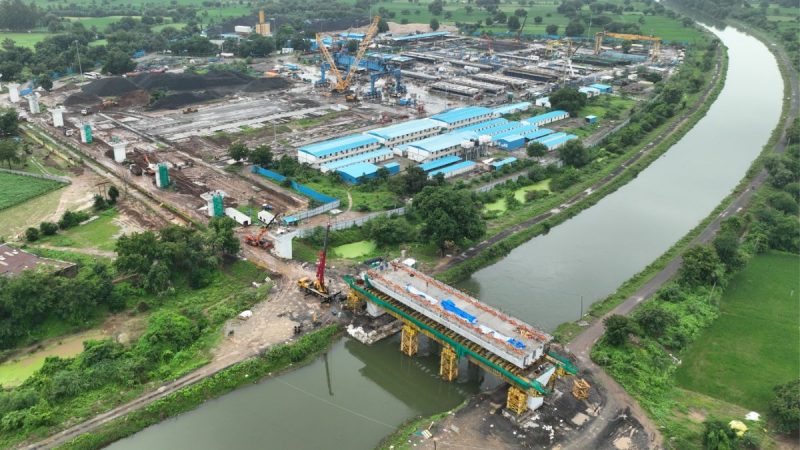India is poised to make another mark in global engineering by constructing a 21 km long tunnel under the Arabian Sea for the Mumbai-Ahmedabad route, its first-ever bullet train. This ambitious project forms part of the Mumbai-Ahmedabad High-Speed Rail Corridor, a critical infrastructure initiative aimed at revolutionising transportation between two of India’s most important cities.
Mumbai-Ahmedabad Bullet Train To Have Arabian Sea Tunnel
Promising progress!
Part of the Mumbai-Ahmedabad #BulletTrain Project, bridge over the Gorwa-Madhunagar Floyover in Vadodara, Gujarat has been completed. pic.twitter.com/ssxWD7P2dU— Ministry of Railways (@RailMinIndia) August 8, 2024
The project will commence soon, with work involving the use of Tunnel Boring Machines (TBMs) to dig beneath the Arabian Sea. The tunnel, stretching from Maharashtra’s Bandra-Kurla Complex (BKC) to Shilphata, includes a 7 km section running under the Thane Creek, an intertidal zone.
This segment of the tunnel will be dug at depths ranging from 25 to 65 metres below the ground. The construction presents numerous challenges, including navigating through complex geological layers and working under environmentally sensitive waters.
Unlike the tunnels used in metro systems, this one requires larger TBMs. Typically, metro tunnels are constructed using TBMs with cutter heads measuring 5-6 metres in diameter. However, the bullet train tunnel necessitates much larger TBMs with 13.1-metre cutter heads.
Underwater Tunnel Design
Mumbai – Ahmedabad Bullet Train’s Bridge Over Ahmedabad Metro Tunnels Assembled. pic.twitter.com/A4IjcklMZS
— Sudhirsingh Rajput (@Taunttruth) August 5, 2024
Three TBMs will be employed to excavate 16 kilometres of the tunnel, while the remaining 5 kilometres will be dug using the New Austrian Tunnelling Method (NATM). Upon completion, this tunnel will enable the bullet train to achieve its top speed of 320 kilometres per hour.
This underwater tunnel is designed as a single tube with two tracks to accommodate trains travelling in both directions. The construction work will be carried out at three key locations: Ghansoli, Shilphata, and Vikhroli. Excavation is set to begin soon in Ghansoli, where the first TBM will start digging towards Thane Creek at a depth of 39 metres.
India has experience in constructing underwater tunnels, such as the one in Kolkata Metro under the Hooghly River. Mumbai also boasts an underwater metro tunnel along Line 3, which runs beneath the Mithi River, linking the Bandra-Kurla Complex and Dharavi stations.
Also Read: Gaimukh-Bhayander Tunnelled Road: From Length To Construction Time, All You Need To Know
The decision to take this project underground is driven by the need to protect the ecologically sensitive Flamingo Sanctuary and Mangrove Forest in Thane Creek. This approach also helps circumvent the challenge of land acquisition in the densely populated city of Mumbai. The National High-Speed Rail Corporation Limited (NHSRCL) has ensured that the excavation process adheres to strict environmental standards. Multiple controlled blasting operations have been conducted with measures in place to minimise noise and air pollution.
Cover Image Courtesy: @DDNewsGujarati/X (Formerly, Twitter)
For more such snackable content, interesting discoveries and the latest updates on food, travel and experiences in your city, download the Curly Tales App. Download HERE. First Published: August 16, 2024 11:23 AM




